What to Expect During Your First Period
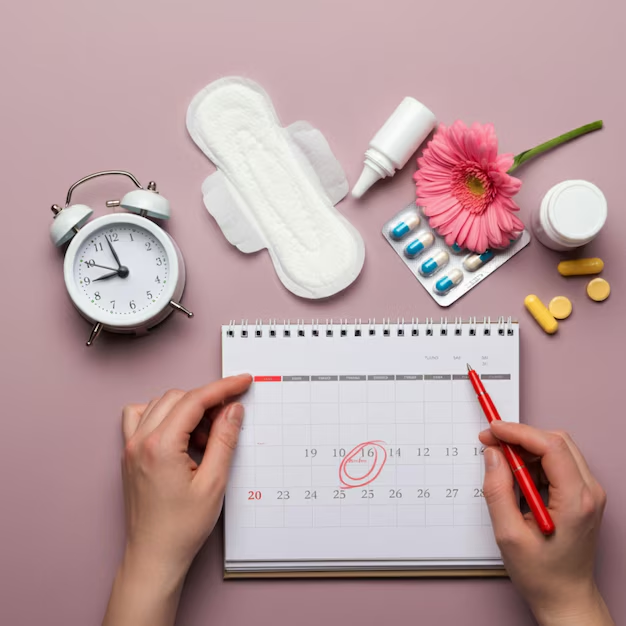
Your first period, also known as menarche, is a significant milestone in your life. It’s a sign that your body is developing and that you’re entering a new phase of growth and maturity. While it can be an exciting experience, it’s natural to feel nervous or unsure about what to expect.
In this blog, we’ll cover everything you need to know about your first period to help you feel prepared and confident.
When Will You Get Your First Period?
Most people experience their first period between the ages of 9 and 16. The exact timing depends on genetics, body development, and other factors. You may notice certain signs a few months or even years before your first period, such as:
- Breast Development: Growth of breast tissue is one of the earliest signs of puberty.
- Body Hair: Hair begins to grow under your arms and in the pubic area.
- Vaginal Discharge: A clear or whitish fluid in your underwear is a common pre-period sign, indicating your body is preparing for menstruation.
What Happens During a Period?
A period occurs when the lining of the uterus (endometrium) sheds because there is no pregnancy. This lining exits the body through the vagina as blood and tissue.
Key Details:
- Duration: Periods typically last 3-7 days.
- Flow: The amount of blood varies but is usually light to moderate for most during the first period.
- Color: Blood may appear bright red, dark brown, or even light pink.
How to Prepare for Your First Period
- Know the Signs: Pay attention to changes in your body, like cramping or mood swings, which can signal that your period is approaching.
- Carry Supplies: Keep a small bag with pads, tampons, or period underwear in your school bag or locker.
- Talk to Someone: Share your questions or concerns with a trusted adult, like a parent, older sibling, or teacher.
What Should You Use During Your Period?
There are several options for managing your flow. For your first period, pads are often the easiest and most comfortable choice.
- Pads: Stick-on absorbent materials that attach to your underwear. Great for beginners.
- Tampons: Inserted into the vagina to absorb blood. They require more practice but are useful for sports or swimming.
- Period Underwear: Specially designed underwear that absorbs menstrual blood.
- Menstrual Cups: Reusable, flexible cups that collect blood. Suitable for older or more experienced individuals.
Common Symptoms During Your First Period
- Cramps: Mild abdominal pain caused by uterine contractions.
- Mood Swings: Emotional changes due to fluctuating hormones.
- Bloating: Feeling of fullness or tightness in your stomach.
- Fatigue: A sense of tiredness or low energy.
How to Manage Symptoms:
- Use a heating pad or take a warm bath to ease cramps.
- Stay hydrated and eat a balanced diet to reduce bloating.
- Get enough sleep and gentle exercise to improve mood and energy.
What If Something Feels Unusual?
While your first period may be irregular, consult a doctor if you experience:
- Extremely heavy bleeding (changing pads or tampons every hour).
- Periods lasting more than 7 days.
- Severe cramps that disrupt your daily activities.
Tips for Staying Confident During Your First Period
- Track Your Cycle: Use a calendar or a period app to log the start and end dates of your period. This can help you predict when your next one will occur.
- Wear Dark Clothing: Opt for dark-colored bottoms in case of leaks.
- Pack Extras: Keep spare pads, tampons, or a change of underwear with you.
- Relax: Remember, everyone goes through this! It’s a natural part of growing up.
Related Articles
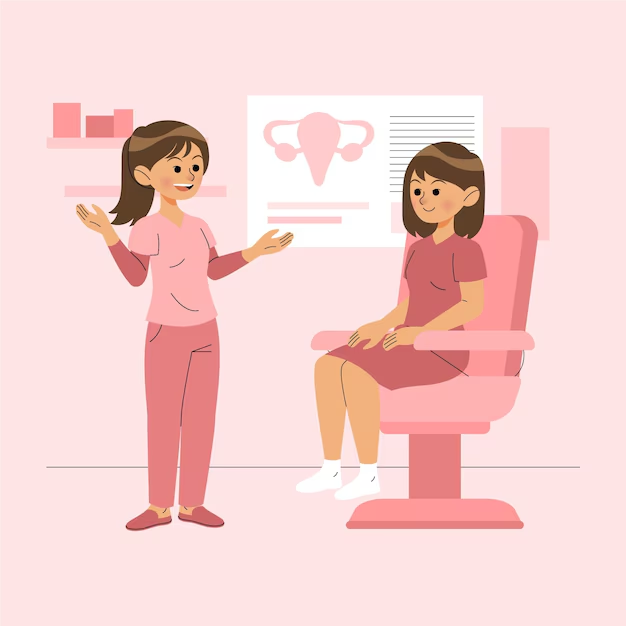
How to Talk to Your Doctor About Menstrual Issues
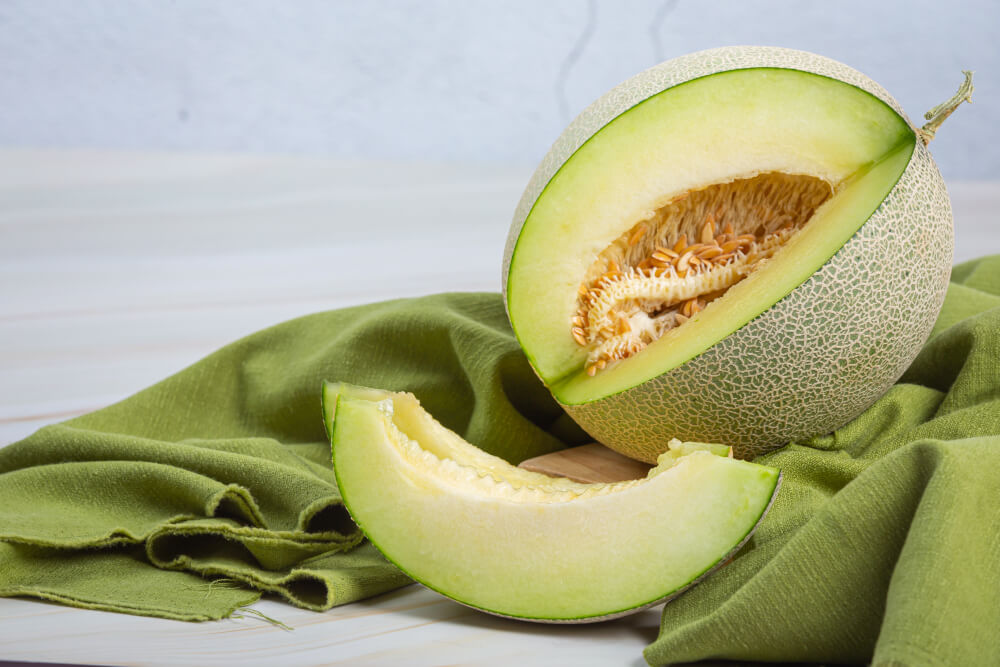
Baby development at 34 weeks

Tracking your energy across the cycle
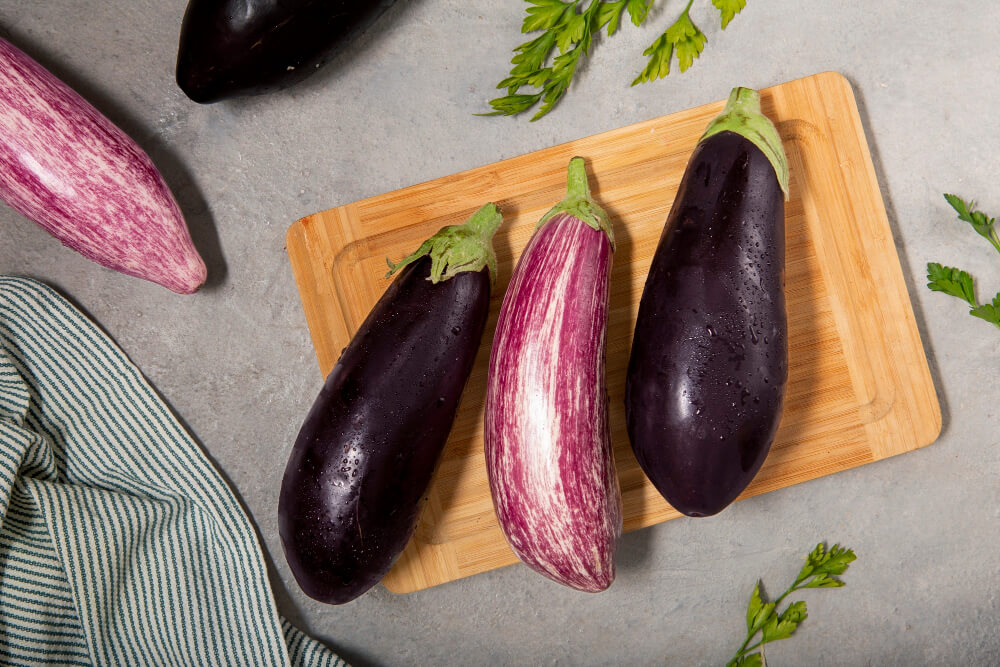
Baby development at 28 weeks
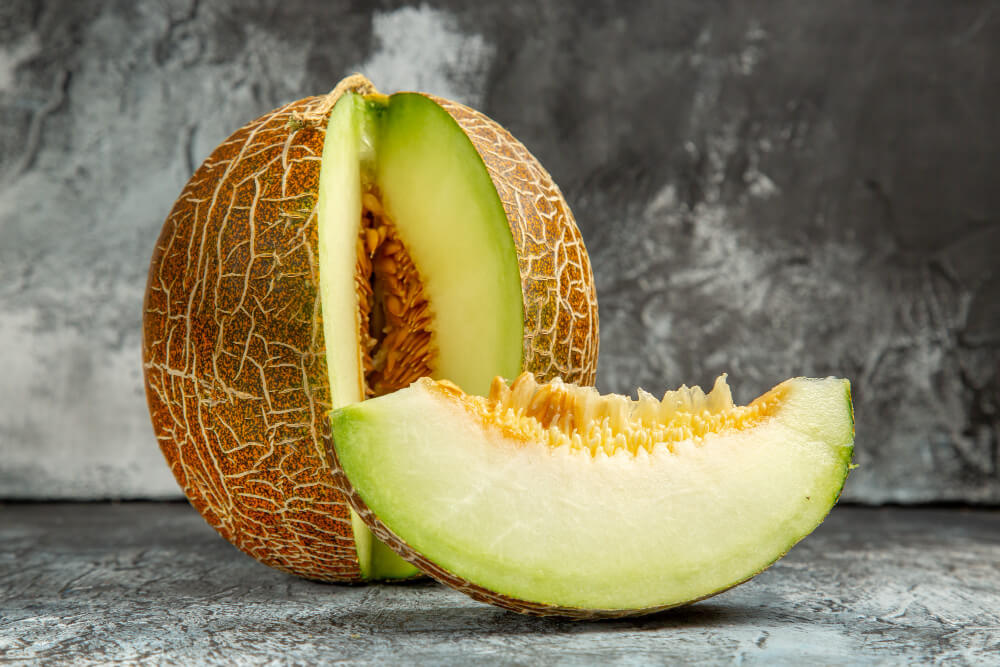
Baby development at 35 weeks
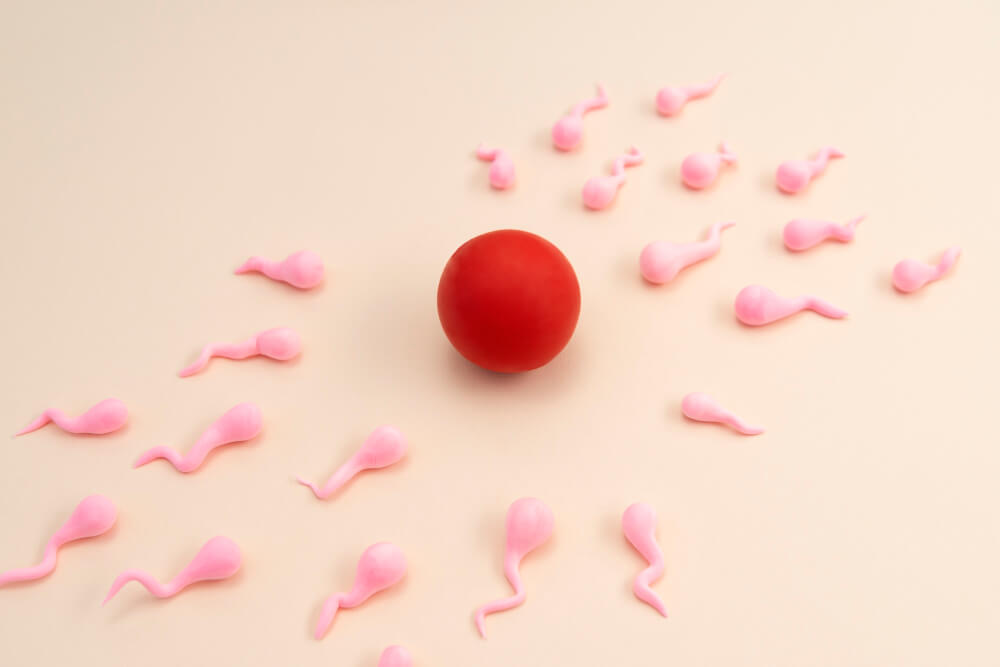
Baby development at 2 weeks
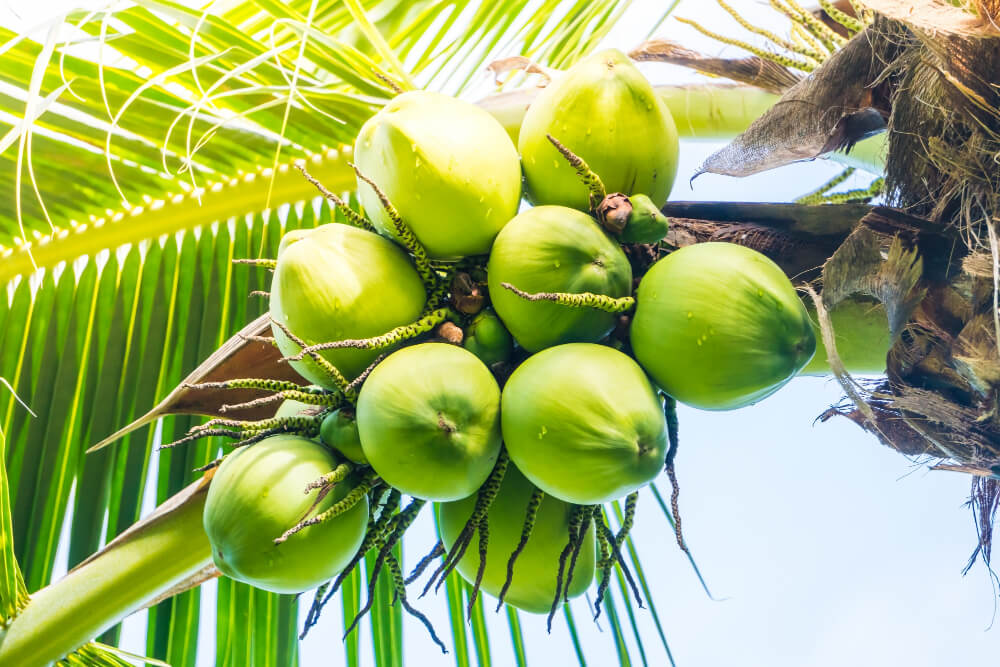
Baby development at 31 weeks
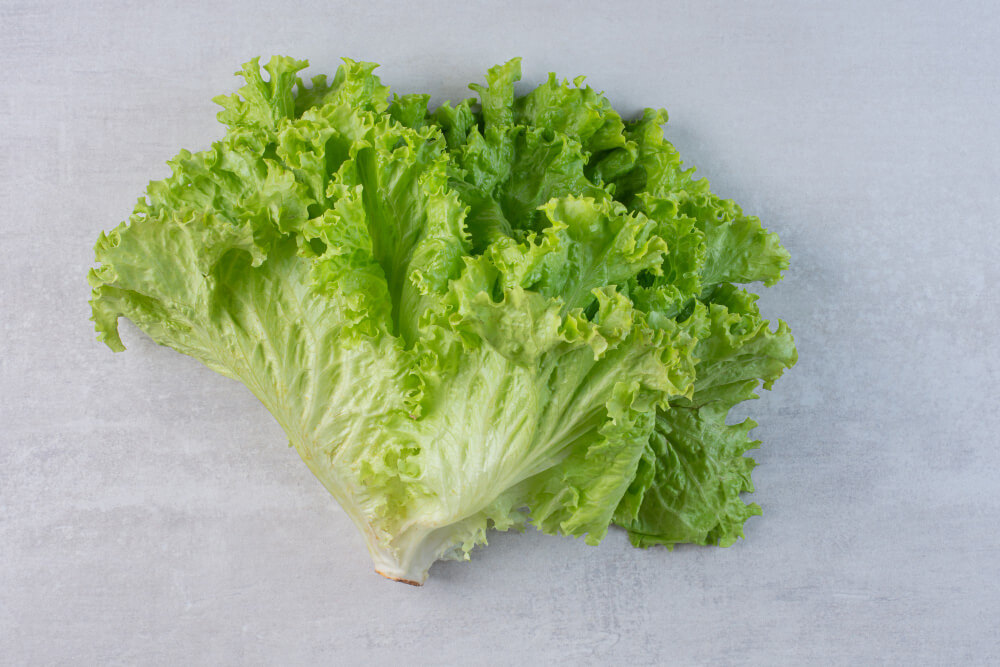
Baby development at 36 weeks